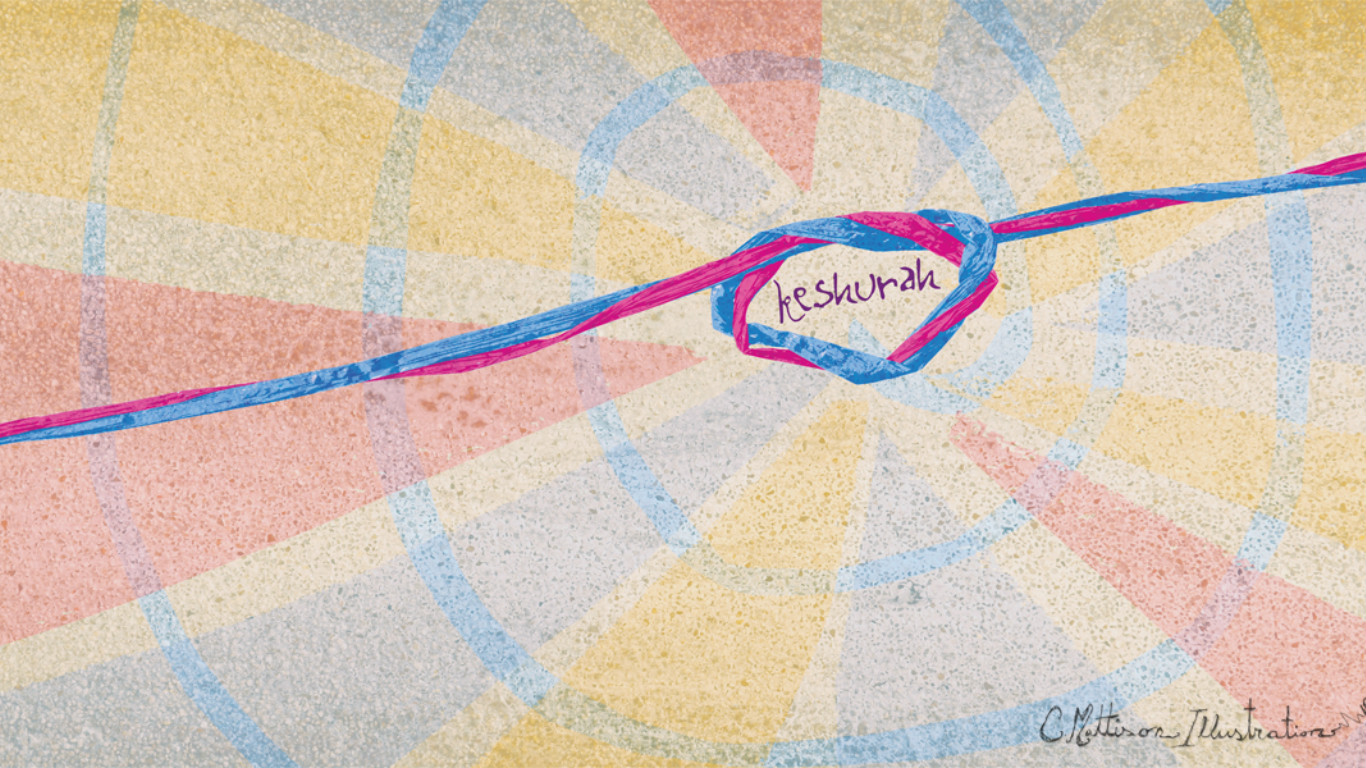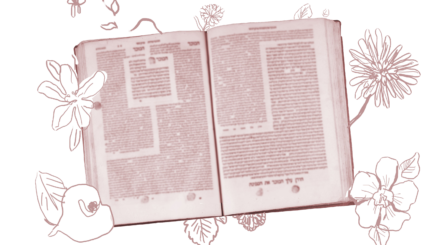Commentary on Parashat Vayigash, Genesis 44:18 - 47:27
The history of the Jewish people is riddled with arguments and division. To some extent, we wouldn’t have it any other way! Two Jews, three opinions… But sometimes, our disagreements go too far.
In Parashat Vayeshev, Joseph’s brothers become jealous of him since he is the favorite son of his father, Jacob, born to Jacob’s favorite wife, Rachel. At the beginning of that portion, Joseph gets his famous “coat of many colors” which makes his brothers even angrier at him. Unable to stand him anymore, they follow the suggestion of Judah and sell him into slavery.
This week’s portion, Vayigash (Hebrew for “and he approaches”), is an attempt to right this wrong: to bring the brothers back together. Judah, the one responsible for selling Joseph into slavery, approaches Joseph in Egypt and tries to reason with him to enable his brothers to all remain together. While Joseph knows who Judah is, Judah thinks he is speaking to the prime minister of Egypt, the man more powerful than Pharaoh, a man who has the power of life and death over Judah and all his brothers.
He approaches Joseph and pleads with him not to make Benjamin a slave for life. Joseph had created trumped-up charges against Benjamin, and Judah is willing to put his own life on the line to allow Benjamin to go free. But the power of this portion, and its title, is not merely about Judah trying to save Benjamin; it is about one brother, Judah, approaching another, the unrecognizable Joseph, in order to keep the Children of Israel, the future Jewish people, as one. Even if that means Judah will be left in Egypt, he needs to connect with Joseph, to draw near to him, to demonstrate for all eternity the value of Israelite — Jewish — unity.
While Judah — spoiler alert — is effective in our portion this week in reuniting the Children of Israel, later in Jewish history the legacy of this division between the brothers becomes so severe that the kingdom that King David united splits between the Jewish tribes loyal to the tribe of Joseph (the northern Kingdom of Israel) , and those loyal to the tribe of Judah (Kingdom of Judah). (Each of Jacob’s 12 sons started its own tribe, known as the 12 Tribes of Israel).
Our tradition begs for Jewish unity, and reflects this in the Haftarah, a weekly reading from the Prophets meant to reflect on the themes of the Torah portion. In the Haftarah, Ezekiel the prophet offers us hope that the divided kingdoms of our people will eventually come back together. The prophet Ezekiel is told (Ezekiel 37:16): “You, Son of Man, take one stick and write the name of Judah on it… and take another stick and write Joseph on it… and bring those sticks together, united…”
From the time of our Torah portion, through the days of the Prophets and continuing to this day, the Jewish people have always suffered from division but have always dreamed of repairing this division, finding the 10 Lost Tribes of Israel and bringing them back into the Jewish fold — of having Judah and Joseph come back together with their other brothers.
As eager we are to return to a united people, and a united Jewish kingdom, archaeologists, sadly, only have been able to find evidence of the divided Hebrew kingdoms in the Holy Land, almost 3,000 years ago. Archaeologists have had a hard time finding clear evidence of the earlier, united kingdom under the glorious rule of David and Solomon that is described in the first and second books of Kings in the Prophets. So all the archaeological evidence so far points to a Jewish people divided, unable to live together even in ancient times.
Absent any archaeological evidence, we must look into ourselves and into this Torah portion, and know that we have it within us to reunite our people and keep us together in all our diversity. Just as Judah approached Joseph in this week’s portion, bravely crossing the boundary of fear, frustration and anger, we can, too.
Our own actions need to be the proof that Jews can live together. When Jews criticize Jews of other denominations, or Jews debate politics, attitudes toward Israel, or theological or even ethical issues, we need to do it in a way that reflects respect and love for each other; we need to let everyone see that love and respect. We have to find ways of eating in each other’s homes, of praying in each other’s synagogues and attending each other’s diverse joyous moments — or sad moments. We must maintain our own integrity as Judahs or Josephs, but we must also “approach” “Vayigash” seek unity and partnership in each other’s lives.
I challenge us to provide evidence in our own behavior that can reflect Judah reaching out to Joseph, and that resonates a united kingdom under David and Solomon. Do we deep down think Ezekiel’s vision of the two sticks coming together is accurate or just a myth? I say: Let’s not wait for the Messianic era to show how Jews can come together. Let’s demonstrate today, in our own attitudes and our own lives, that we can unite! Let’s be the sticks of Ezekiel and the Judahs approaching Joseph that show the world — and ourselves — that the Jewish people is one.



